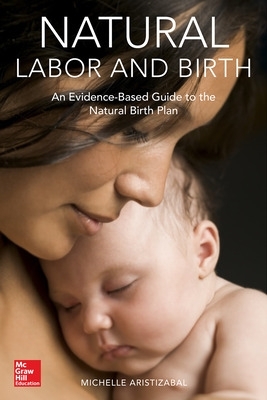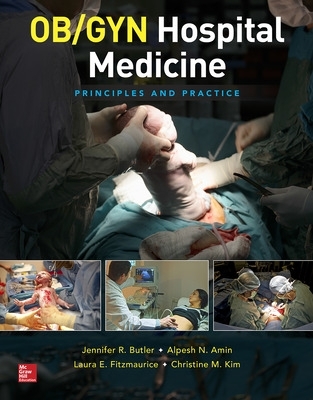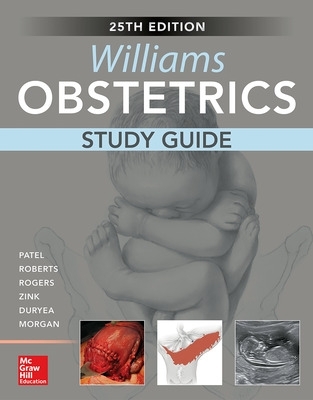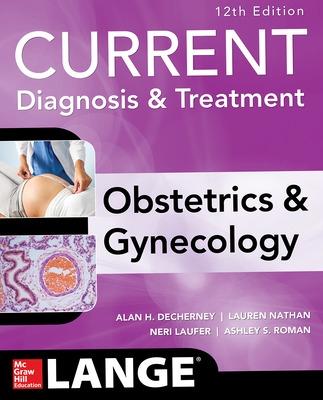Natural Labor and Birth: An Evidence-Based Guide to the Natural Birth Plan
 portes grátis
portes grátis
Natural Labor and Birth: An Evidence-Based Guide to the Natural Birth Plan
Aristizabal, Michelle
McGraw-Hill Education
10/2018
352
Mole
Inglês
9781259862878
15 a 20 dias
574
Descrição não disponível.
Section 1: Patient-Driven Change
1. Why the Medical Community Needs to Embrace the Natural Birth Movement
2. Current Barriers to Natural Birth
3. What Women are Saying
4. Midwives and Natural Birth
Section 2: The Natural Birth Plan
5. Environment for Birth
a. Out-of-hospital birth: Home birth and birthing centers
b. Maternal stress response and effects on labor
c. Support of the laboring mother and benefits of doula care
6. Labor Management
a. Minimizing labor induction
b. Supporting ambulation during labor
c. Safety of intermittent fetal monitoring and alternative monitoring protocols
d. Benefits of amniotomy as an augmentation technique
e. Review of the evidence for routine use of Pitocin in labor and indicated Pitocin for protracted labor
f. Review of the evidence for minimizing cervical exams during labor
g. Safety and benefit of intrapartum eating and drinking
h. IV hydration and concerns regarding its routine use
7. Pain Management
a. The Epidural: Associated patient satisfaction, efficacy, safety, and cesarean section rates
b. Hydrotherapy: Efficacy of using showers and immersion tubs for comfort during labor
c. Comfort Positions and Breathing Techniques: Efficacy in achieving an unmedicated birth
8. Delivery
a. Positions for Delivery: Benefits and concerns of traditional and alternative positions
b. Water Birth: Review of evidence
c. Self-Directed Pushing vs. Coached, Valsalva Pushing
d. Delayed Cord Clamping
9. Post Delivery Mother and Infant Care
a. Immediate Skin-to-Skin Contact: Benefits for initiating breast feeding
b. Post-Delivery Pitocin: Indic
1. Why the Medical Community Needs to Embrace the Natural Birth Movement
2. Current Barriers to Natural Birth
3. What Women are Saying
4. Midwives and Natural Birth
Section 2: The Natural Birth Plan
5. Environment for Birth
a. Out-of-hospital birth: Home birth and birthing centers
b. Maternal stress response and effects on labor
c. Support of the laboring mother and benefits of doula care
6. Labor Management
a. Minimizing labor induction
b. Supporting ambulation during labor
c. Safety of intermittent fetal monitoring and alternative monitoring protocols
d. Benefits of amniotomy as an augmentation technique
e. Review of the evidence for routine use of Pitocin in labor and indicated Pitocin for protracted labor
f. Review of the evidence for minimizing cervical exams during labor
g. Safety and benefit of intrapartum eating and drinking
h. IV hydration and concerns regarding its routine use
7. Pain Management
a. The Epidural: Associated patient satisfaction, efficacy, safety, and cesarean section rates
b. Hydrotherapy: Efficacy of using showers and immersion tubs for comfort during labor
c. Comfort Positions and Breathing Techniques: Efficacy in achieving an unmedicated birth
8. Delivery
a. Positions for Delivery: Benefits and concerns of traditional and alternative positions
b. Water Birth: Review of evidence
c. Self-Directed Pushing vs. Coached, Valsalva Pushing
d. Delayed Cord Clamping
9. Post Delivery Mother and Infant Care
a. Immediate Skin-to-Skin Contact: Benefits for initiating breast feeding
b. Post-Delivery Pitocin: Indic
Este título pertence ao(s) assunto(s) indicados(s). Para ver outros títulos clique no assunto desejado.
Obstetrics, Gynecology, Ob-Gyn, natural childbirth, childbirth, gynecologists, obstetricians, maternity care, unmedicated childbirth, midwives, nurses, alternative childbirth, natural birth, natural labor, the birth partner, natural hospital birth, childbirth education, doulas
Section 1: Patient-Driven Change
1. Why the Medical Community Needs to Embrace the Natural Birth Movement
2. Current Barriers to Natural Birth
3. What Women are Saying
4. Midwives and Natural Birth
Section 2: The Natural Birth Plan
5. Environment for Birth
a. Out-of-hospital birth: Home birth and birthing centers
b. Maternal stress response and effects on labor
c. Support of the laboring mother and benefits of doula care
6. Labor Management
a. Minimizing labor induction
b. Supporting ambulation during labor
c. Safety of intermittent fetal monitoring and alternative monitoring protocols
d. Benefits of amniotomy as an augmentation technique
e. Review of the evidence for routine use of Pitocin in labor and indicated Pitocin for protracted labor
f. Review of the evidence for minimizing cervical exams during labor
g. Safety and benefit of intrapartum eating and drinking
h. IV hydration and concerns regarding its routine use
7. Pain Management
a. The Epidural: Associated patient satisfaction, efficacy, safety, and cesarean section rates
b. Hydrotherapy: Efficacy of using showers and immersion tubs for comfort during labor
c. Comfort Positions and Breathing Techniques: Efficacy in achieving an unmedicated birth
8. Delivery
a. Positions for Delivery: Benefits and concerns of traditional and alternative positions
b. Water Birth: Review of evidence
c. Self-Directed Pushing vs. Coached, Valsalva Pushing
d. Delayed Cord Clamping
9. Post Delivery Mother and Infant Care
a. Immediate Skin-to-Skin Contact: Benefits for initiating breast feeding
b. Post-Delivery Pitocin: Indic
1. Why the Medical Community Needs to Embrace the Natural Birth Movement
2. Current Barriers to Natural Birth
3. What Women are Saying
4. Midwives and Natural Birth
Section 2: The Natural Birth Plan
5. Environment for Birth
a. Out-of-hospital birth: Home birth and birthing centers
b. Maternal stress response and effects on labor
c. Support of the laboring mother and benefits of doula care
6. Labor Management
a. Minimizing labor induction
b. Supporting ambulation during labor
c. Safety of intermittent fetal monitoring and alternative monitoring protocols
d. Benefits of amniotomy as an augmentation technique
e. Review of the evidence for routine use of Pitocin in labor and indicated Pitocin for protracted labor
f. Review of the evidence for minimizing cervical exams during labor
g. Safety and benefit of intrapartum eating and drinking
h. IV hydration and concerns regarding its routine use
7. Pain Management
a. The Epidural: Associated patient satisfaction, efficacy, safety, and cesarean section rates
b. Hydrotherapy: Efficacy of using showers and immersion tubs for comfort during labor
c. Comfort Positions and Breathing Techniques: Efficacy in achieving an unmedicated birth
8. Delivery
a. Positions for Delivery: Benefits and concerns of traditional and alternative positions
b. Water Birth: Review of evidence
c. Self-Directed Pushing vs. Coached, Valsalva Pushing
d. Delayed Cord Clamping
9. Post Delivery Mother and Infant Care
a. Immediate Skin-to-Skin Contact: Benefits for initiating breast feeding
b. Post-Delivery Pitocin: Indic
Este título pertence ao(s) assunto(s) indicados(s). Para ver outros títulos clique no assunto desejado.




